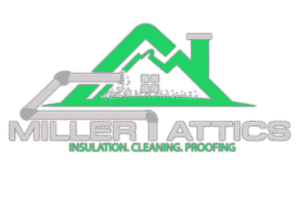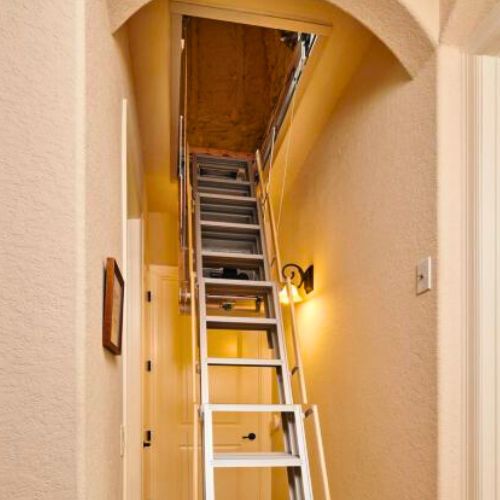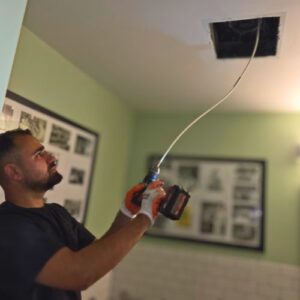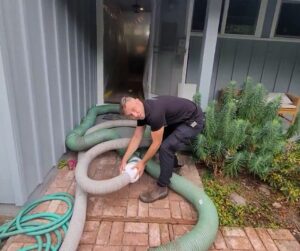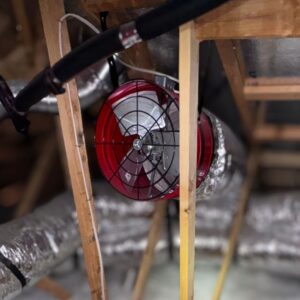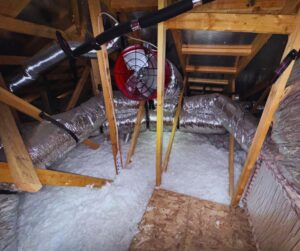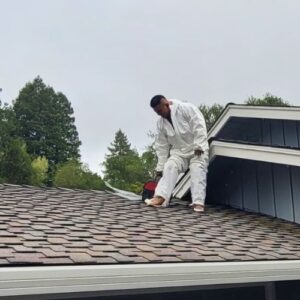When most people think about insulation, they see it as a one-time project. You install it, forget about it, and expect it to do its job for the lifetime of your home. The truth is different. Insulation and air sealing need regular attention if you want to maintain comfort and efficiency. At some point, every homeowner wonders when to replace attic insulation — and the answer depends on how well you maintain it over the years.
Over time, insulation can settle, compress, or absorb moisture. I’ve seen homes where the insulation looked fine from the hatch but had lost much of its effectiveness deeper inside. Without maintenance, you slowly lose the efficiency you paid for, and your HVAC system ends up working harder just to keep up. Knowing when to replace attic insulation is one of the most important parts of long-term home ownership.
How Often Should I Inspect My Attic’s Insulation and Air Sealing?
This is one of the most common questions: how often should you check your attic? The answer isn’t the same for everyone, but it’s directly tied to understanding when to replace attic insulation.
For most homes, a quick visual check once a year is smart. Shine a flashlight across the attic and look for dips, stains, or damp patches. Beyond that, schedule a professional inspection every 3–5 years. We use thermal cameras and air-leak testing tools that reveal issues long before you see them. If your home has had roof leaks, rodent problems, or rising utility bills, don’t wait — call for an inspection right away.
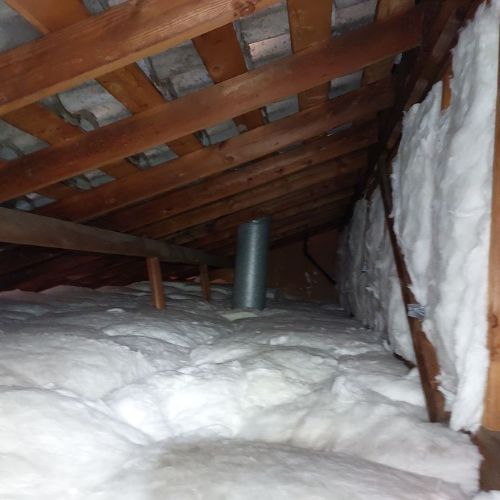
What Are the Common Signs That My Insulation or Sealing Has Failed?
Homeowners often ask: what are the red flags that tell you it’s time to act? Here are the most common signs pointing to when to replace attic insulation:
- Uneven room temperatures.
- Rising energy bills with no change in usage.
- Damp or moldy smells.
- Compressed, damaged, or chewed insulation.
- Drafts near attic hatches or light fixtures.
These are all clues that your insulation isn’t performing the way it should. If you spot them, you’re already halfway to answering the question of when to replace attic insulation.
Can I Add Insulation Over Existing Flooring Without Removing the Old Layer?
This is a hot topic in DIY forums. Some homeowners wonder if it’s cheaper or easier to add layers instead of tearing out old material. You can add insulation on top — but only if you seal air leaks first. Otherwise, the new insulation won’t help much.
However, adding layers isn’t always the final answer. In many cases, the old insulation has degraded so badly that it’s more effective to remove and start fresh. That decision ties directly into wen to replace attic insulation: if your existing material is damp, compressed, or moldy, it should be replaced, not buried.
Which Insulation Materials Degrade Over Time, and How Do I Know When to Replace Them?
Not all insulation lasts forever. Some materials age faster than others:
- Blown-in cellulose can settle over time, reducing depth and lowering R-value.
- Fiberglass batts don’t settle much but lose efficiency when wet or damaged.
- Spray foam lasts longer but depends heavily on correct installation.
So, how do you know when to replace attic insulation? Look for visible gaps, dampness, or uneven coverage. If you see a big performance drop — harder-to-heat rooms, higher bills — that’s your sign.
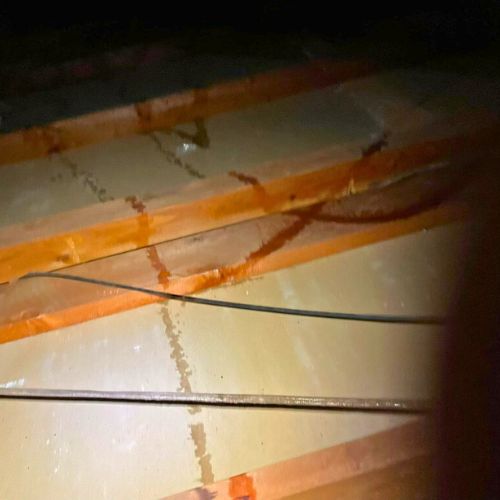
How Crucial Is Air Sealing Compared to Adding More Insulation?
Air sealing is just as critical as insulation itself. In fact, insulation without sealing is like wearing a winter coat full of holes. Air leaks cancel out much of the R-value you’ve invested in.
In many cases, homeowners think about when to replace attic insulation without realizing that sealing should come first. A perfectly air-sealed attic with moderate insulation often performs better than a poorly sealed attic with double the insulation. That’s why the best approach is always: seal first, then insulate.
What Is R-Value and Why Does It Matter?
If you’re deciding when to replace attic insulation, you’ll hear a lot about R-value. This is the measurement of resistance to heat flow. Higher R-values mean better insulation. Different climates require different R-values, so local building codes usually provide guidelines.
Fiberglass batts generally give R-3 to R-4 per inch, cellulose is around R-3.5, and spray foam can reach R-6 or more. But those numbers are only accurate if the material is in perfect condition. Once insulation gets wet, compressed, or dirty, its effective R-value drops. That’s why ongoing inspections and timely decisions about when to replace attic insulation are so important.
What Can Homeowners Do on Their Own?
Even without specialized tools, you can keep an eye on your attic’s performance:
- Use a flashlight to spot uneven or damaged insulation.
- Smell for musty odors that suggest moisture.
- Track your energy bills.
- Feel for drafts around attic openings.
These small checks help you recognize when to replace attic insulation before problems get out of control.
Why Professional Inspections Matter
A professional inspection goes deeper. We use thermal imaging to spot hidden leaks, measure actual insulation levels, and test for air movement that homeowners can’t see. More importantly, we don’t just diagnose — we fix. Whether it’s topping up blown-in insulation, sealing duct chases, or replacing compromised materials, we make sure your attic works as a system.
If you’re asking yourself when to replace attic insulation, chances are it’s already time to at least schedule an inspection. A little preventive work now will save you far more in wasted energy later.
Final Thoughts
Insulation and air sealing are not one-time jobs. They’re ongoing systems that need attention if you want your home to stay efficient and comfortable. By learning the signs of failure and understanding when to replace attic insulation, you can avoid high bills, uncomfortable rooms, and hidden damage
Seal first, insulate second, and always respect R-value. That’s the formula for long-lasting comfort. And if you haven’t checked your attic in years, don’t wait. Knowing when to replace attic insulation — and acting on it — is the key to protecting your home and your wallet.
